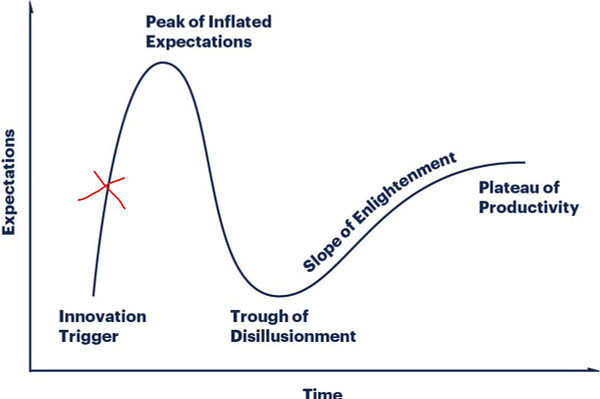Last year, I sent out this tweet about cohort-based courses.
Chance and Ian responded:

These comments along with additional experience and experiments in the cohort-based course world got me thinking… So, I wrote a post in late 2021 explaining how cohort-based courses can support DAOs.

Over 6 months later, with additional experience under my belt, and the DAO hype dying down, I thought I would revisit the idea.
In summary, I think the idea holds up. Here’s why: cohort-based courses can support DAOs (or any online community) because of their relative strengths and weaknesses.
Let’s dive in…
Cohort-based courses
Strengths:
Structured and organized (there’s a set time and schedule)
Engagement-focused (between live and asynchronous interaction, they offer many chances for members of the community to connect)
Action-oriented
Thrive in environments where like-minded people can interact
Time-bound and focused on specific topics (like writing)
Weaknesses:
Significant upfront planning
Requires a few cohorts of experience to learn to run a smooth cohort
Requires significant marketing and “selling” to get people to join
Difficult to bring together an active community
This weakness is the most interesting. Bootstrapping a community is difficult (though not impossible). As a result, people in the course world talk about the idea of a Minimum Viable Community. This idea suggests that building the community comes before offering the cohort-based course.
DAOs (or online communities in general)
Strengths:
Strong and defined purpose—by their very nature, people are coming together online for a very specific reason

Strong sense of belonging and in-group alignment. Once you’re in the online community, you feel that you’re with a group that cares
Inclusive and global
Weaknesses:
Lack of structure and organization—these aren’t companies. (However, after spending more time in DAOs, I have been surprised by the level of coordination and structure that DAOs are capable of).
Lack of directed action (Again, DAOs are more effective than you might imagine, but the reality is that engagement and activity generally follow a 90-9-1 distribution where most of the action is taken by a small group of people).


Takeaway
These strengths and weaknesses can be summarized as follows:
Cohort-based courses are good at organizing and directing a group of people. But, it’s difficult to bring a group of aligned people together.
DAOs/online communities are good at bringing groups of aligned people together. But, it’s difficult to organize that group of people.
As such, DAOs and CBCs can match these strengths and weaknesses to achieve more, together.






